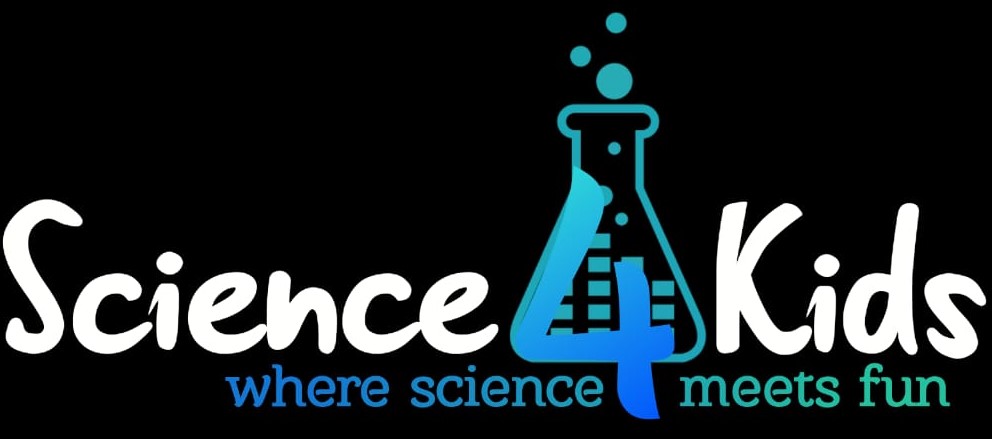We live in a world of fast changing technology. Considering the rate at which things are changing around us, we’ll soon find ourselves outdated unless we keep abreast of the technological advancements. Technology news for Kids gives you updates about the latest innovations, researches, and cutting edge technologies from around the world.
Skin-like sensors as wearable technology
Wearable technology has become a fad among people these days, especially the younger generation. So, how about some wearable skin that helps you monitor your health? Researchers at the University of Toronto Engineering have developed a stretchy skin-like sensor that can be applied on your skin. This transparent, self-powering sensor can record the complex sensations of the skin. It can measure the changes in temperature, strain, and humidity, and can also monitor the movement of underlying tissues.
This new sensor is named Artificial Ionic Skin – or AISkin for short. Owing to its capabilities, AISkin has the potential to be used in the healthcare field as a wearable health monitor. This could also be used in soft robotics. This artificial skin is made of hydrogel, hence it is inexpensive and biocompatible, without any toxic effects on the skin. AISkin is super-stretchy, it can stretch up to 400 times its length without breaking, whereas the human skin can only stretch up to 50 percent.
AISkin is made up of two oppositely charged hydrogel sheets, thereby creating a “sensing junction” between the positive and negative ions on the gel. The gel when subjected to strain, changes in temperature etc., generates controlled ion movements across the sensing junction that can be measured as electrical signals. This is comparable to the way our neurons transmit signals.

As mentioned, the futuristic demands for this technology will mainly be in the fields of healthcare and soft robotics. Skin-like fitbits and adhesive touchpads could be used to monitor multiple body parameters, to check the effectiveness the training routines among sportsmen, to measure progress of muscle rehabilitation among patients. Soft robotics involves flexible robotic devices used to handle delicate objects in factories. They are usually made of polymers. AISKin could prove to be very beneficial in the manufacture of such soft robots, owing to the flexibility and sensing capabilities of the material.
Continue reading Technology News for Kids to get more such interesting updates.
Real-time imaging around corners using Deep Learning
Deep learning is a class of machine learning in Artificial Intelligence, involving techniques that enable machines to learn from experience and acquire skills without human involvement. It is inspired by the structure and function of the brain called artificial neural networks. Deep learning techniques have been leveraged to create a laser-based system that can image around corners in real time.
This unique non-line-of-sight imaging system provides high resolution and image speeds, according to the researchers who created this. This system can distinguish sub-millimeter details of a hidden object from 1 meter away. This interesting technology could in future help autonomous cars to look around corners in busy junctions, parking lots etc., to avoid collisions and accidents. This could also be used in the fields of medical imaging, robotics, and defence.

This system uses a commercial camera sensor and a powerful laser source that bounces off a visible wall on to the hidden object and then back to the wall. This bouncing off creates an interference pattern known as the ‘speckle pattern’ that captures the shape of the hidden object. Deep learning techniques are used to reconstruct the shape of the hidden object from the speckle pattern. Researchers have been able to reconstruct images of 1 cm sized letters hidden about 1 meter behind a corner.
‘Nowcasting’ to ensure that you are not caught in the rain unaware
All of us tend to look up the weather before planning a weekend trip or organizing some interesting events. With the prevalence of smartphones, weather information is at your fingertips all the time. This is especially helpful if the region you live in is prone to rapid weather changes. Most such weather apps even show an hourly prediction of the weather conditions, including precipitation. People who have been using these apps may agree that these predictions are not always accurate.
Google has developed a new machine learning technique that they call “nowcasting” for weather predictions. Unlike the conventional weather prediction apps, ‘nowcasting’ can predict highly localized weather conditions for the immediate future. This will help the accurate prediction of events such as thunderstorms that can quickly change from clear skies to heavy showers.

The traditional forecasting methods works on a huge volume of data and requires tremendous computing power to process this data. To give an example, the US National Oceanic and Atmospheric Administration alone collects 100 terabytes of data per day! So, limited by the computational capabilities, the traditional weather prediction approaches can only predict to a spatial resolution of up to 5 kms. These weather simulations also take several hours to run which limits its accuracy of predicting sudden weather changes.
‘Nowcasting’ on the contrary, predicts the immediate weather and is hence useful for traffic routing, evacuation planning etc. in case of emergencies. Google uses a data-driven physics-free approach, which means that it learns to approximate the atmospheric conditions from the training data of the machine learning algorithm. ‘Nowcasting’ uses the state-of-the-art image analysis technique Convolutional Neural Network (CNN), and predicts the weather by analyzing the sequence of satellite images fed to it over the last hour. This methodology is much more economical than the traditional approaches in terms of computational power, and can predict with a latency of 5 to 10 minutes.
Hope you found this Technology News for Kids interesting as well as informational. Check our News section to keep yourselves updated about other other developments in the world of science and technology.




